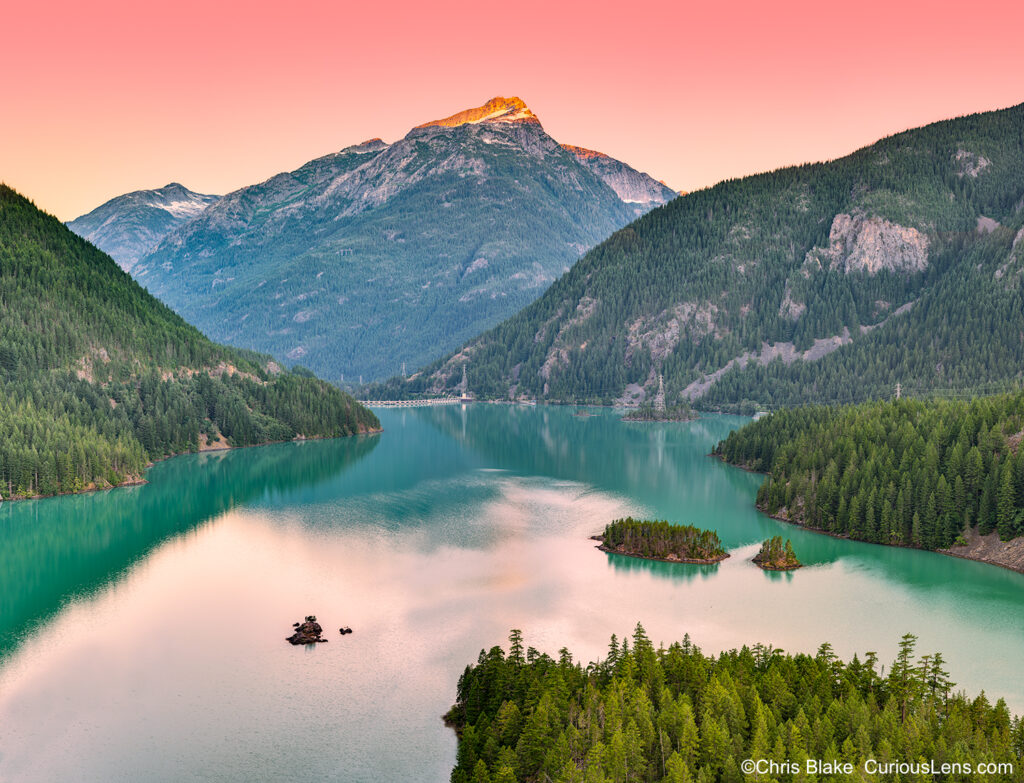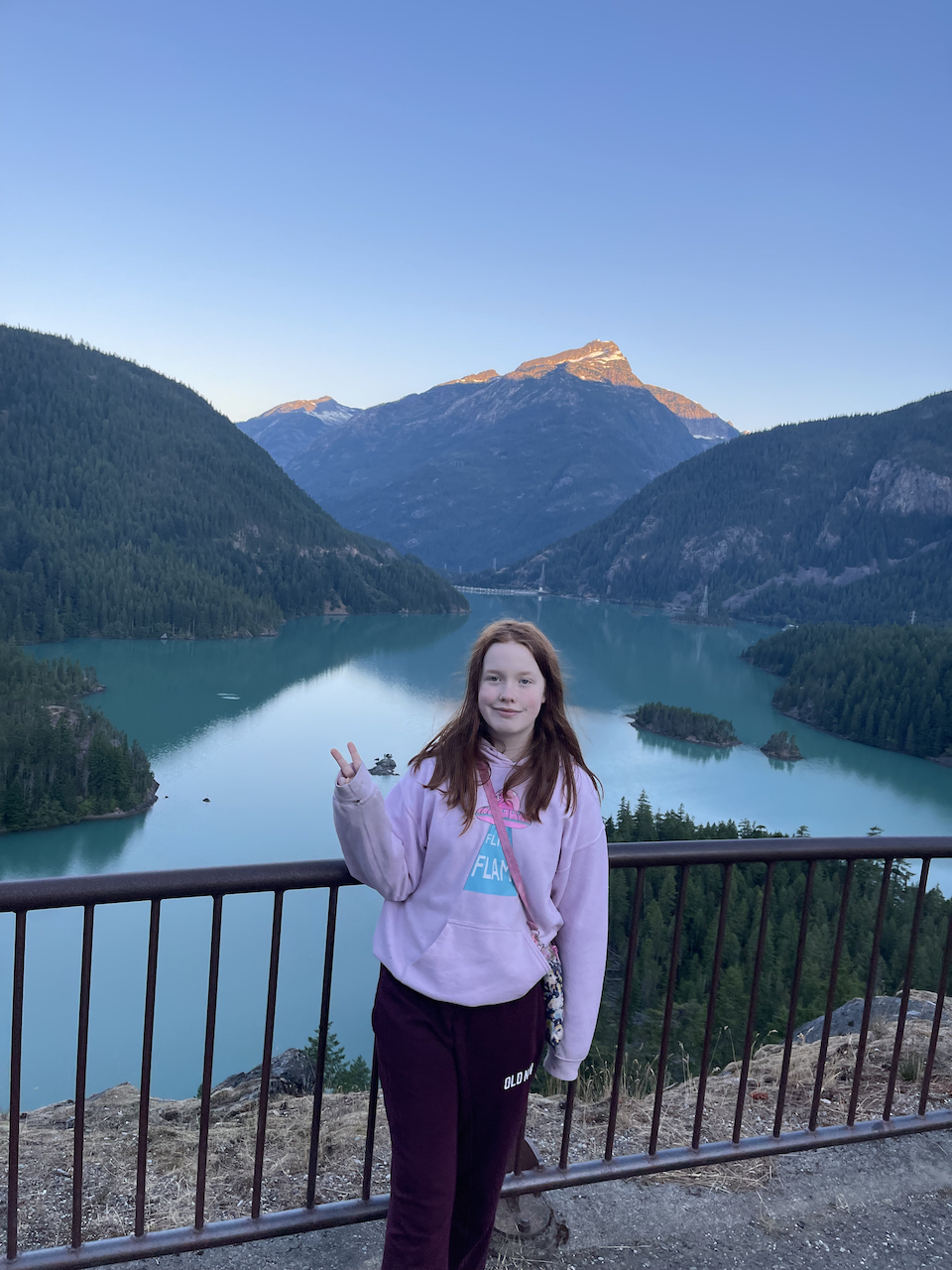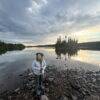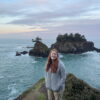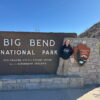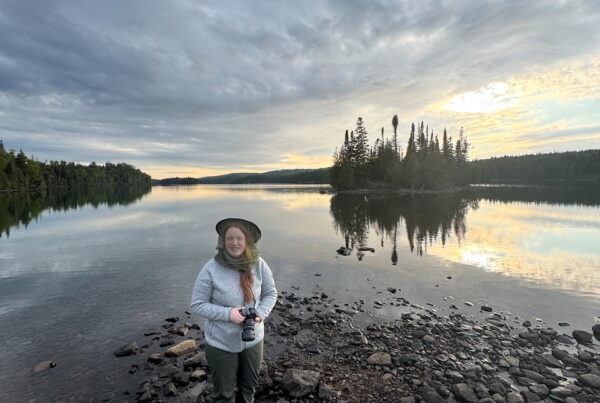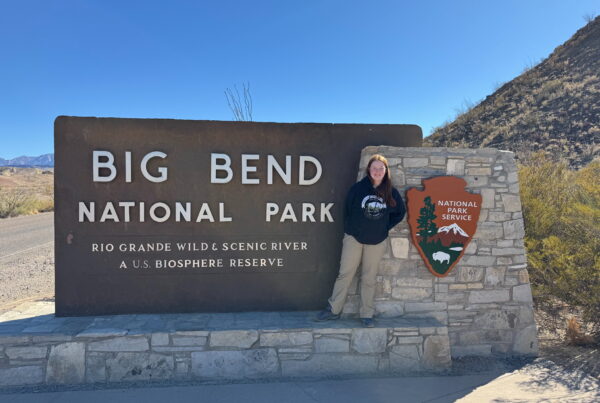
We departed from Mt. Rainier and set our sights on the North Cascades National Park, marking it as the 35th park in our journey. Initially planned as a two-and-a-half-day camping expedition, we soon encountered unexpected complications. Our itinerary was to spend a few days exploring the North Cascades before journeying west along Rt20 (North Cascades Highway) to reach Glacier National Park. Glacier was intended to be the highlight of our trip. Unfortunately, our plans were disrupted by two significant forest fires (Cedar Creek and Varden) which closed a twenty-mile stretch of the highway. With no quick detour available, our already lengthy drive to Glacier extended by approximately five hours. We reluctantly decided to shorten our stay in the North Cascades to one night, breaking up the drive into a more manageable two-day journey. This decision, though not ideal, seemed the best among our limited options.
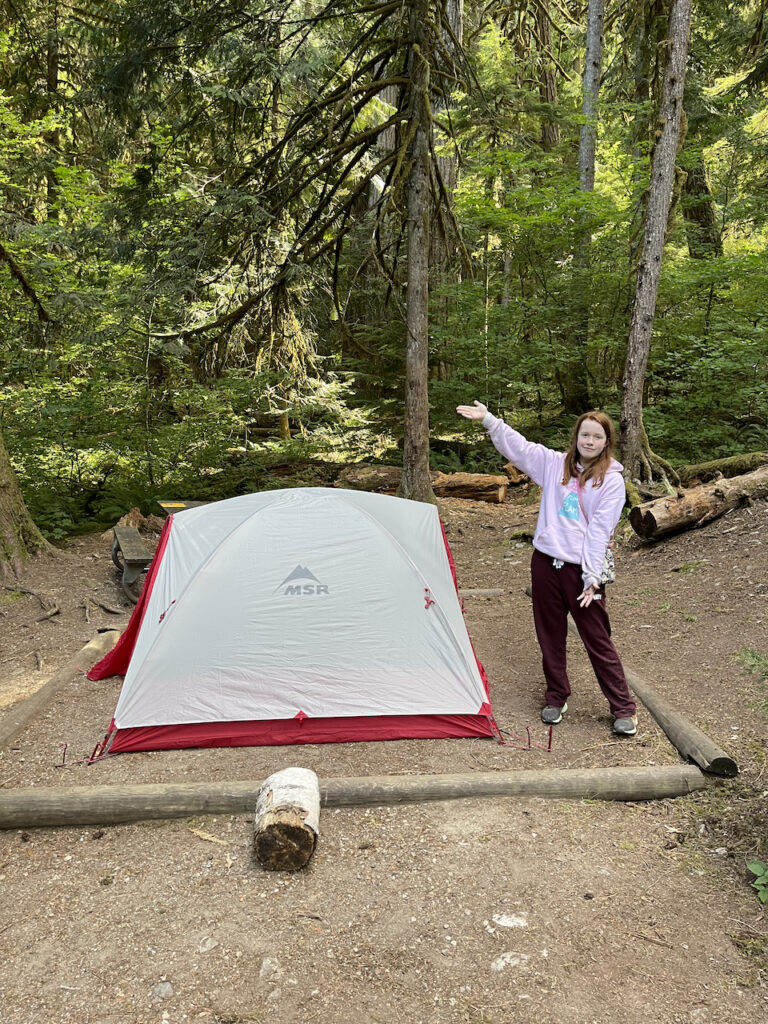
Despite the abbreviated visit, we made the most of our day and a half in the park. This brief encounter highlighted a clear need for more time to thoroughly explore this spectacular park. Encompassing a vast expanse of over 500,000 acres, the park is split into northern and southern sections, bisected nearly in the middle by Rt20.
The preservation efforts for this area trace back to the late 1800s, but it wasn’t until 1969 that North Cascades gained official recognition as a National Park. That year, Congress not only established North Cascades National Park but also designated the nearby Lake Chelan National Recreation Area and the expansive Stephen Mather Wilderness, further protecting the adjacent lands.
Our stay was at one of the three campgrounds in the Ross Lake National Recreation Area, situated along Rt20. Despite being designated as a National Recreation Area, it is managed as part of the North Cascades National Park Complex. This sector is home to three significant lakes—George, Diablo, and Ross Lake—and their corresponding dams, constructed between the 1920s and 1950s. These dams are not only historical feats but also supply a substantial amount of electricity to the Seattle region.
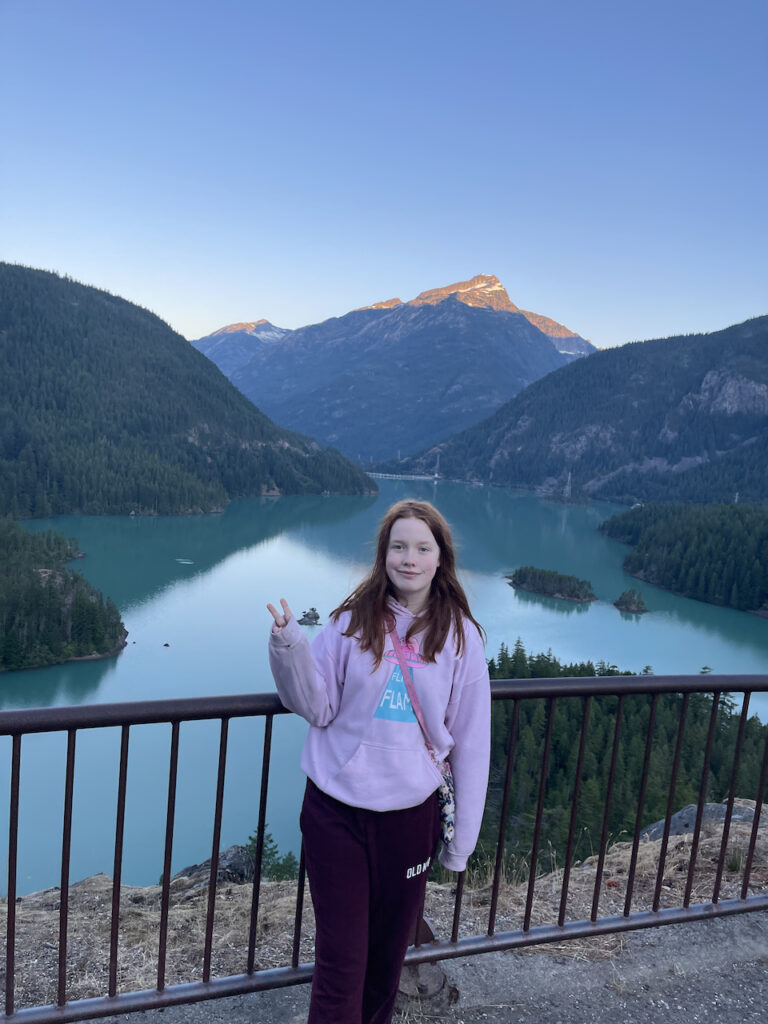
With our limited time, we focused our exploration around Rt20, the lakes, dams, and the North Cascades Visitor Center. We caught both the sunset and sunrise from an overlook at Diablo Lake. Although the campsite offered beautiful views, it was unfortunately overcrowded and rather noisy. It seemed most visitors were either heading deep into the backcountry or engaging in various water sports. While the valley setting provided some beautiful vistas, it didn’t fully capture the grandeur of the Cascades.
Reflecting on this experience, I am now more determined than ever to return and delve into the northern section of the park. Next time, I plan to base our camp around the Heather Meadows Visitor Center to explore the higher altitudes. This area offers breathtaking views of Mount Baker and the broader Cascades range, promising a more immersive experience in this awe-inspiring landscape.
